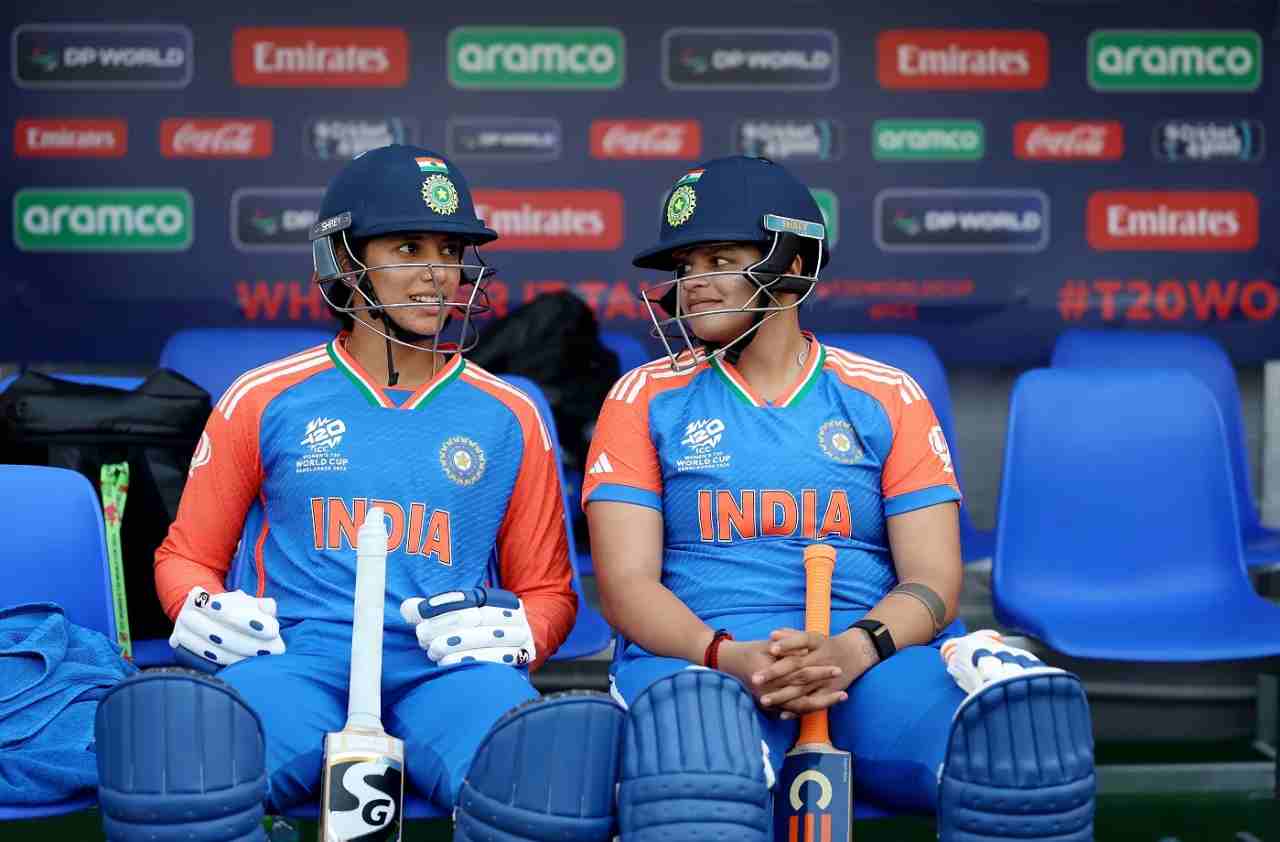Women’s World Cup 2025: Without Shafali Verma’s firepower, India’s top order appears unsettled — a tactical analysis of their batting approach.

India’s Women’s cricket team has begun the 2025 World Cup with solid performances, but one glaring concern remains—the absence of a genuine impact player at the top of the order. In the past, Shafali Verma provided instant momentum in the powerplay. She maintains an ODI strike rate of 83.20, consistently putting the opposition under immediate pressure and allowing the middle order to settle comfortably. Her aggressive approach frequently shaped the course of matches within the first ten overs. Today, that spark is missing, and the onus of providing India’s early momentum falls on Smriti Mandhana and Pratika Rawal—a burden that brings new challenges at the top without Shafali’s explosive presence.
Shafali Verma in ODIs in 1-10 Overs
Smriti Mandhana’s crucial role
Smriti Mandhana continues to be India’s most reliable batter. Since 2022, she has been the team’s highest run-getter in the Women’s ODI Championship, accumulating nine hundreds and consistent fifties. Her experience, timing, and ability to handle high-pressure situations make her wicket extremely valuable. The India vice-captain now finds herself playing a dual role—anchoring the innings while also accelerating the scoring in the powerplay—because there is no Shafali to take the early strike. This extra responsibility increases pressure on her in every match, particularly against strong bowling attacks like Australia or South Africa, where early wickets can turn the game.
Mandhana’s role has become even more crucial because the team needs someone to stabilize the innings while also maintaining a healthy run rate. She carries the hope of converting starts into big totals and ensuring that the middle order has enough momentum to build on. In essence, Mandhana is now the player who must replicate Shafali’s impact partially while still playing her natural game, a challenging balance to maintain under the spotlight of a World Cup.
Read More: Women’s World Cup 2025: India’s misfiring middle order might hurt them against stronger opponents
Smriti Mandhana in ODIs in 1-10 Overs
Pratika Rawal’s struggle for impact
Pratika Rawal has shown consistency by scoring several fifties, but her strike rate remains significantly lower than what India requires in the initial overs. Unlike Shafali, who could accelerate from ball one and take the game away from the opposition, Rawal tends to play steadily, leaving Mandhana to shoulder the responsibility of giving India the early impetus. This approach can disrupt the balance of the top order, forcing the team to rely heavily on one batter for momentum.
While Rawal’s averages appear respectable, numbers alone don’t tell the full story. Cricket at the top level demands not only runs but also the ability to put pressure on the opposition immediately. Shafali’s impact was measured not just in runs but in how quickly she scored them, often changing the game within a few overs—a quality that Rawal has yet to consistently display.
Read More: Women’s World Cup 2025, IND vs PAK: Despite indifferent batting, India win courtesy Kranti’s 3-20
Pratika Rawal in ODIs in 1-10 Overs
Pressure on India’s strategy
The absence of a true powerplay aggressor has broader implications for India’s overall strategy. With Rawal unable to provide the early boost, the top order lacks flexibility. Mandhana ends up doing double duty, while Harleen Deol at number three continues to stabilize but cannot dominate the early overs. Against top-tier bowling attacks like Australia, South Africa, and New Zealand, losing momentum in the first ten overs could prove costly, as it often sets the tone for the entire innings. The team needs someone to relieve Smriti Mandhana of this pressure so that India can maintain balance and rhythm throughout the innings.
The way forward
For India to maximize its chances in the ICC Women’s World Cup 2025, someone at the top must step up and replicate Shafali Verma’s aggressive impact. Smriti Mandhana will continue to be the backbone of the innings, but the team also needs Pratika Rawal—or another opener—to provide that early impetus and set the platform for a commanding total. If this doesn’t happen, India risks leaning too heavily on the vice-captain, making it harder to maintain rhythm and post or chase big totals in crucial matches.
Ultimately, India’s World Cup campaign could hinge on how effectively the top order addresses this gap. Shafali’s absence is felt not only in numbers but also in the momentum and fearlessness she brought to the team. Until someone steps into that role, the burden will remain on Mandhana, and the team may struggle to find the explosive starts that have historically made India so hard to beat.
Read More: Kranti Goud, the Madhya Pradesh Express who is now India’s lead pacer along with Renuka Thakur